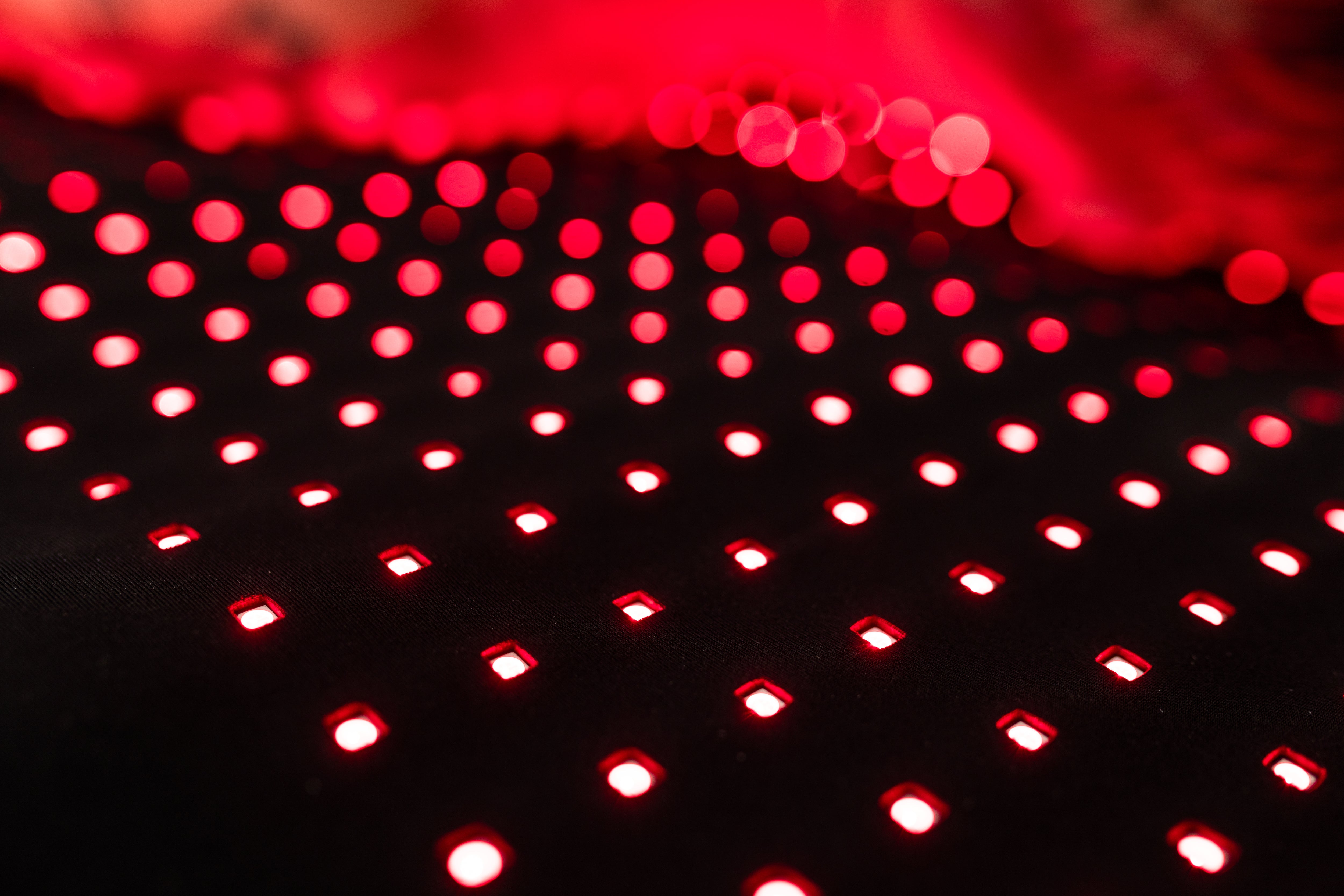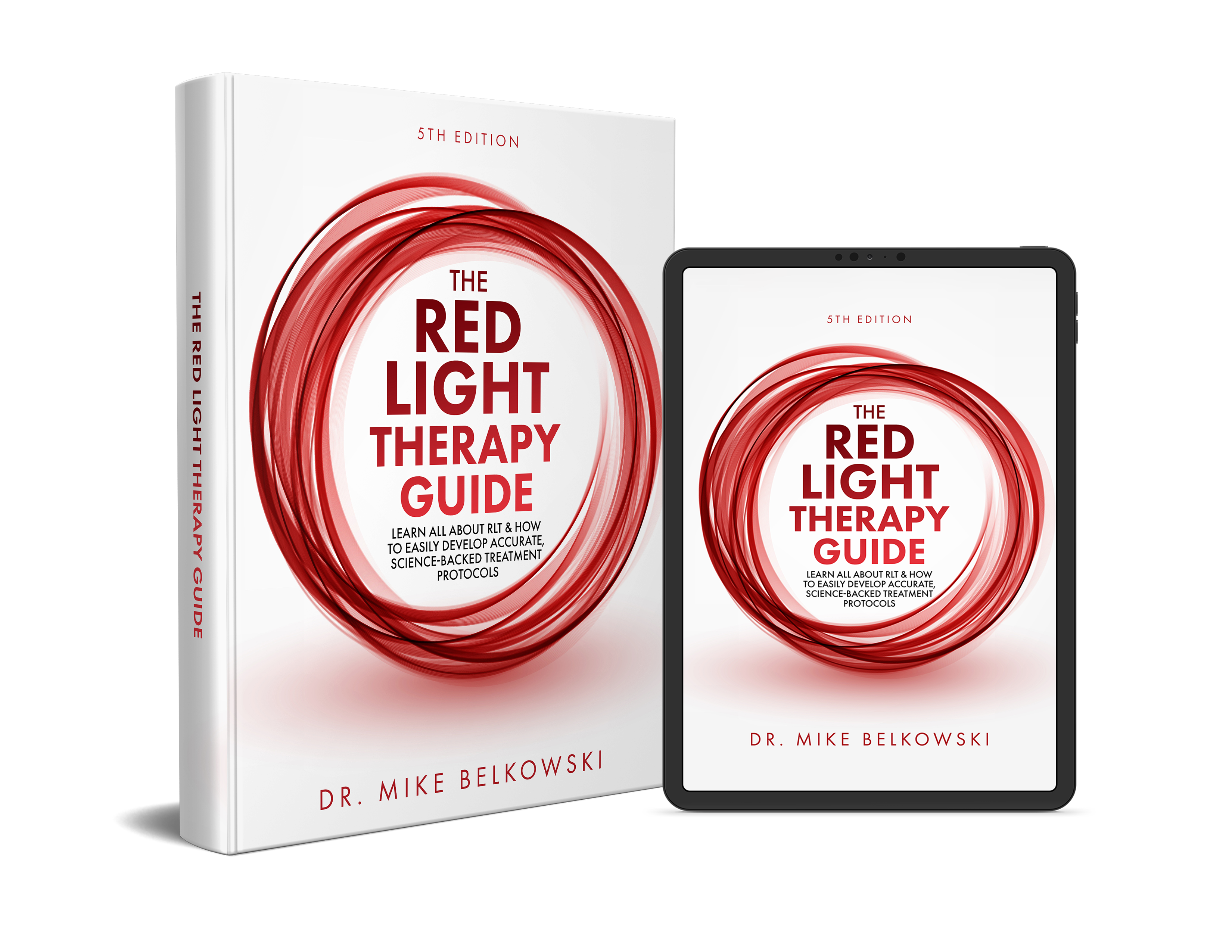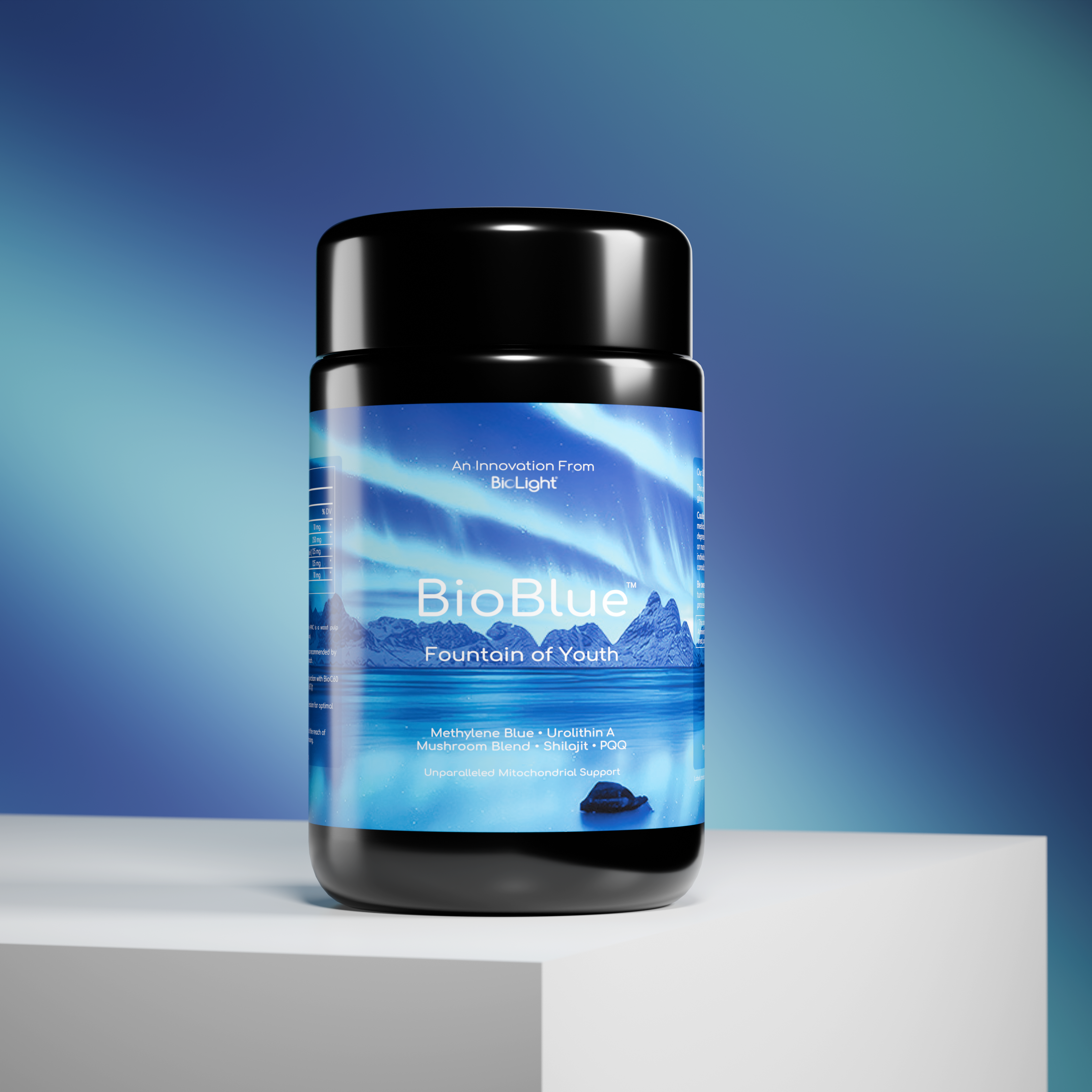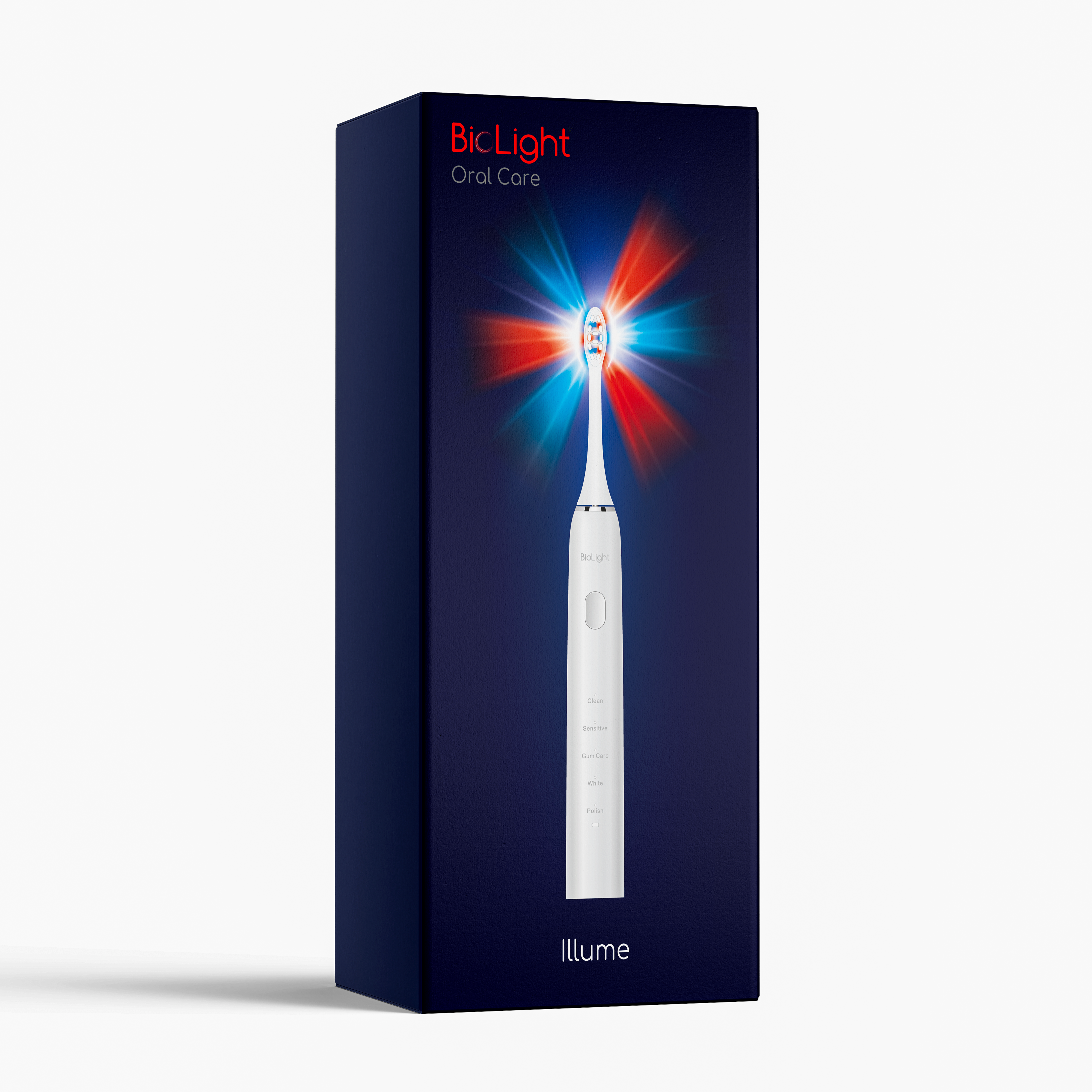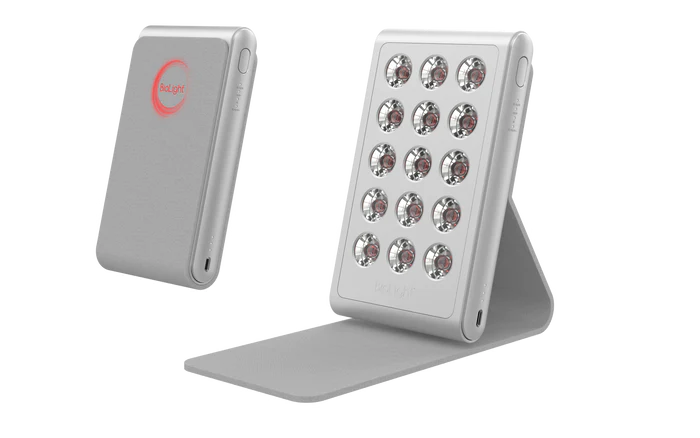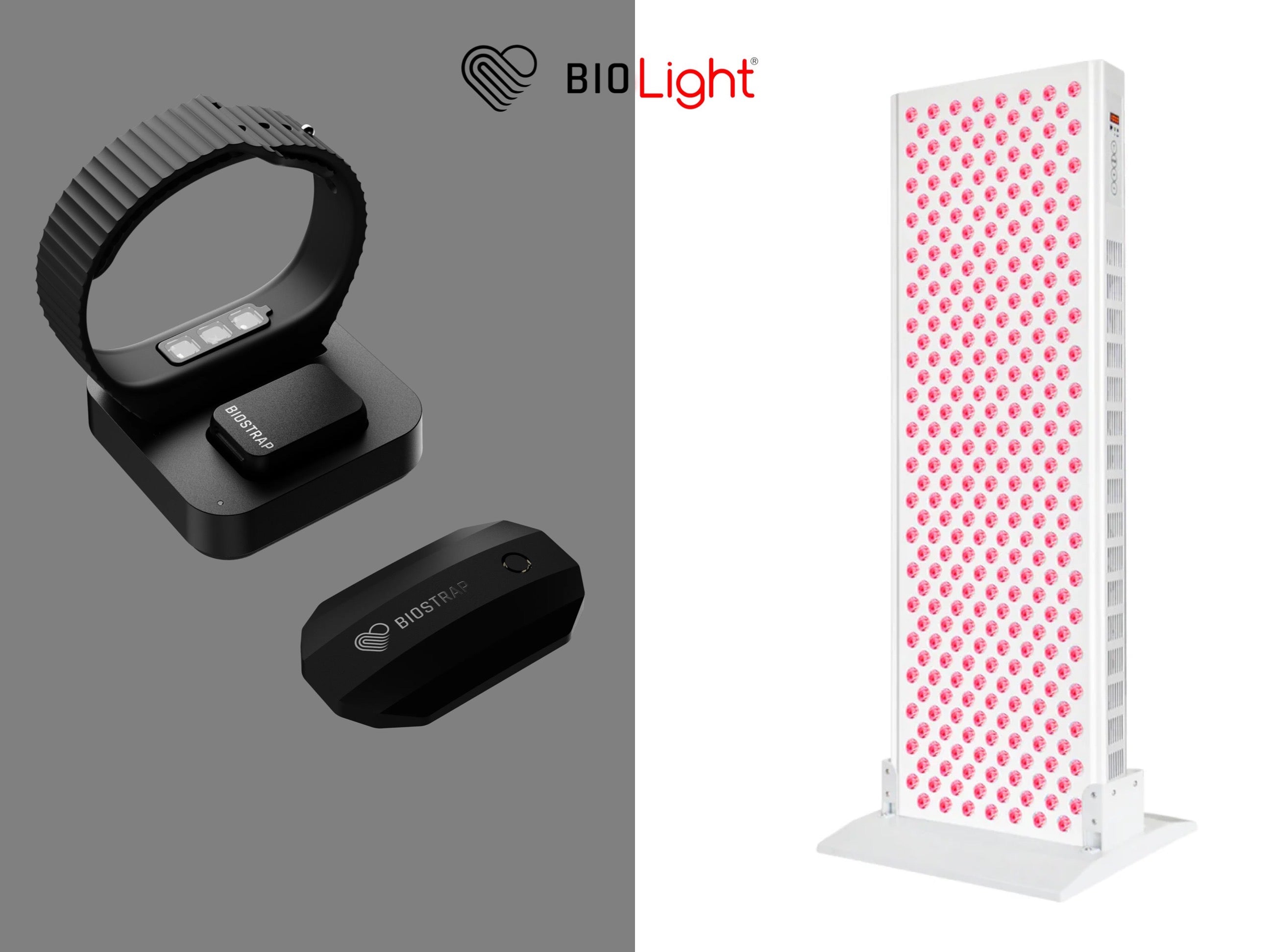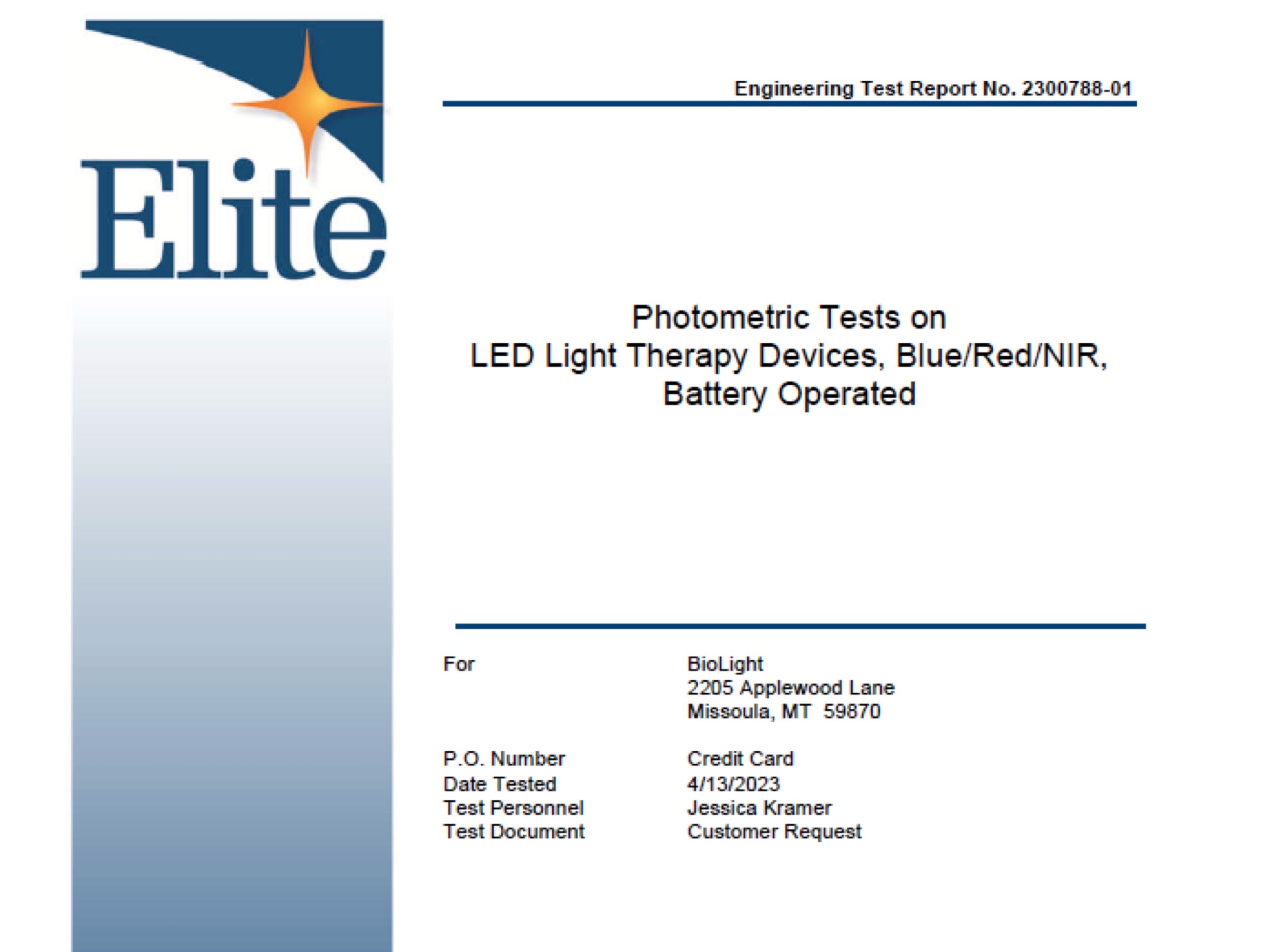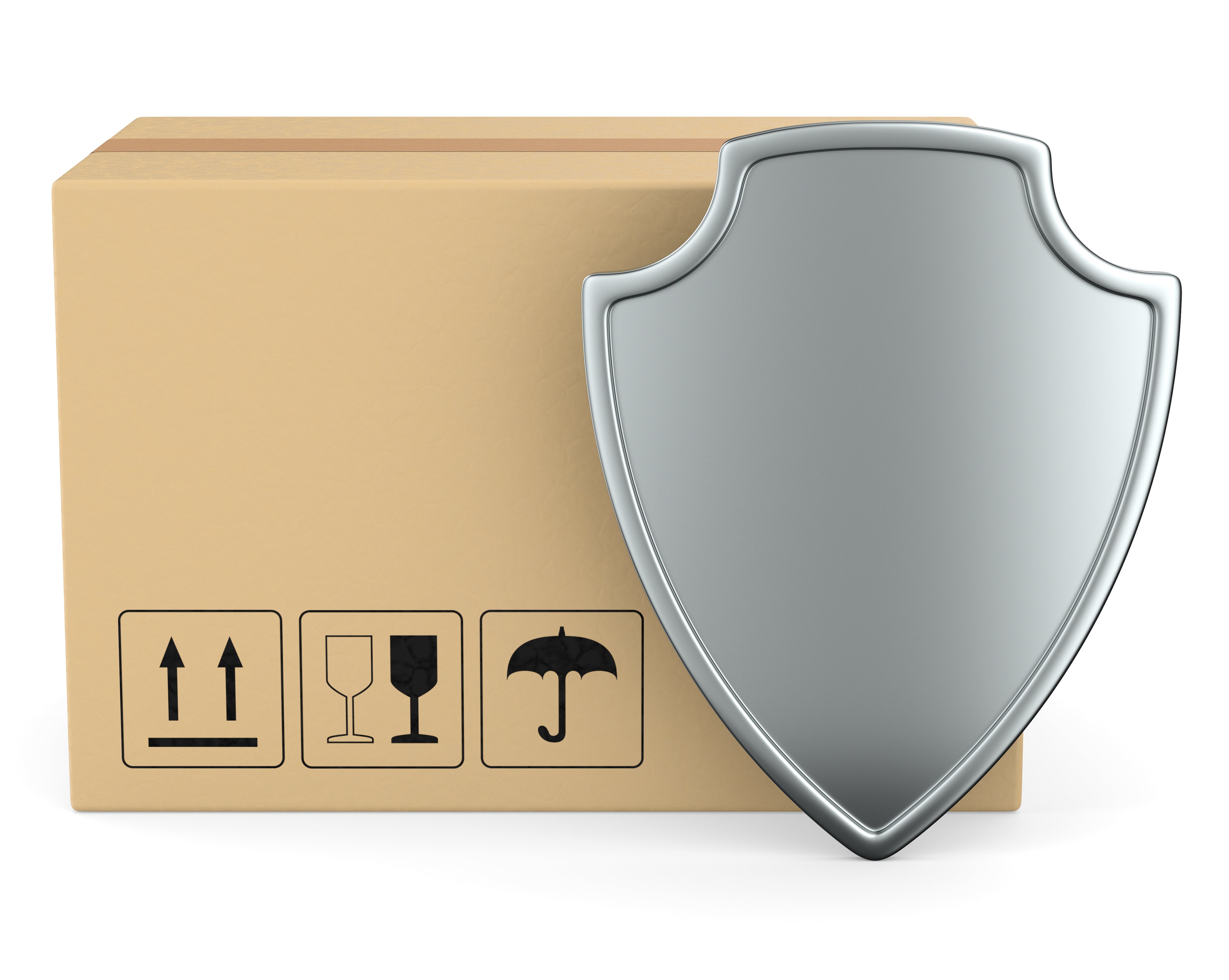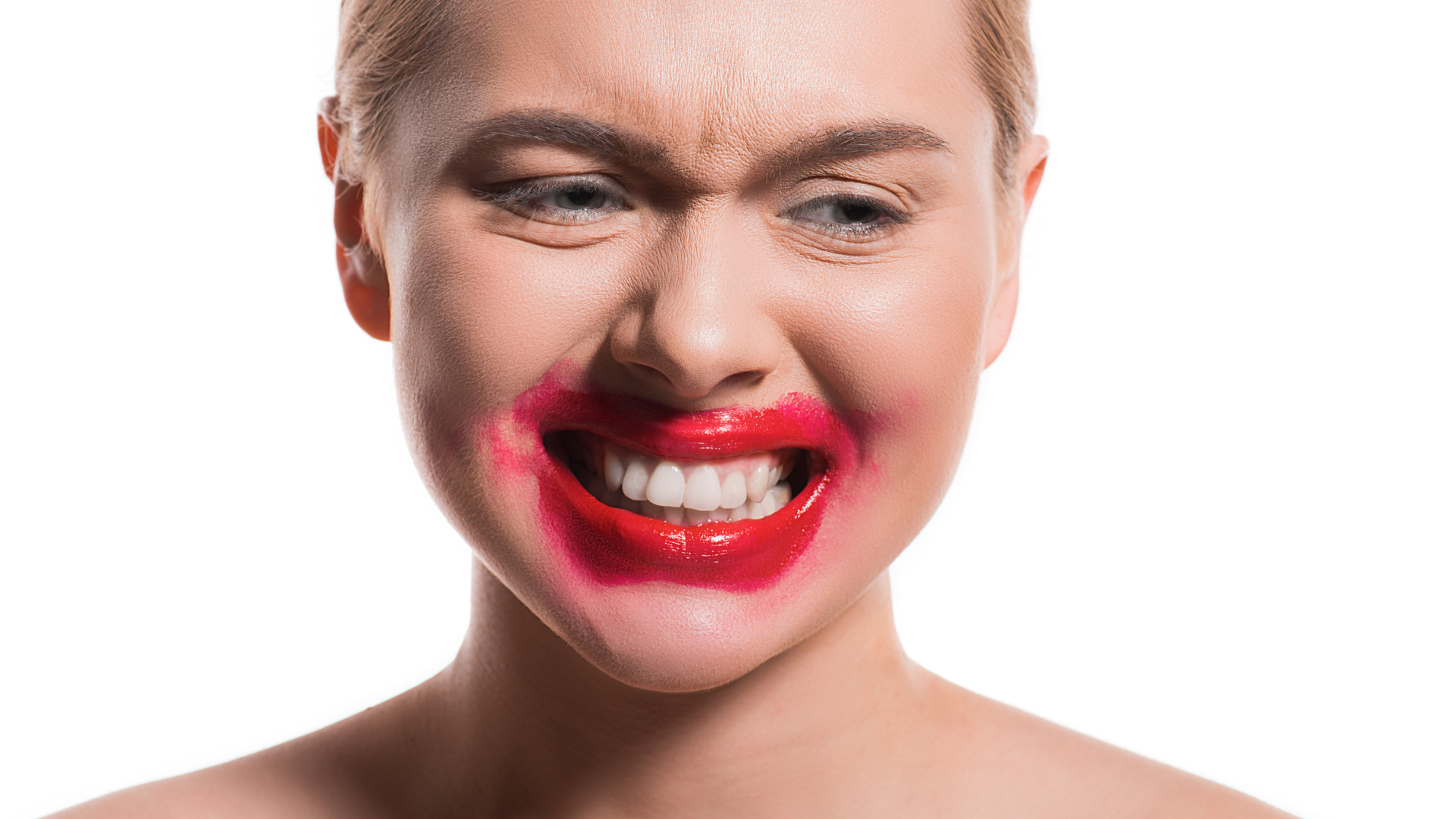Blue light therapy has gained traction in dentistry for its ability to enhance oral health by targeting harmful bacteria in the mouth. While it's widely recognized for its role in teeth whitening, blue light therapy also shows promise as an antimicrobial treatment. But is blue light an effective antimicrobial for the mouth? This article delves into how blue light therapy works as an antimicrobial, its benefits for oral health, and how it can be integrated into your dental care routine.
What is Blue Light Therapy?
Understanding Blue Light Therapy in Oral Health
Blue light therapy uses a specific wavelength of light, typically between 400 and 500 nanometers, to target and eliminate bacteria in the mouth. This non-invasive treatment has been used for various dental procedures, including teeth whitening and periodontal therapy, due to its ability to disrupt bacterial cells and reduce bacterial loads. Recent studies suggest that blue light therapy could be an effective antimicrobial treatment, helping to maintain a healthier oral environment.
How Does Blue Light Work as an Antimicrobial?
Blue light therapy works by emitting light that penetrates bacterial cell walls, leading to the disruption and eventual death of harmful microorganisms. This process is particularly effective against bacteria responsible for oral diseases, such as Streptococcus mutans and Porphyromonas gingivalis, which are common culprits in cavities and gum disease. The photochemical reaction induced by blue light damages the bacteria's cellular structure without affecting the surrounding healthy tissue, making it a targeted approach to reducing bacterial presence in the mouth.
Benefits of Blue Light as an Antimicrobial for the Mouth
1. Effectively Targets Harmful Bacteria
One of the primary benefits of blue light therapy is its ability to specifically target and eliminate harmful bacteria in the mouth:
- Kills Pathogenic Bacteria: Blue light therapy is highly effective against bacteria that contribute to tooth decay and periodontal disease, reducing their numbers and preventing the progression of these conditions.
- Prevents Plaque Formation: By decreasing the bacterial load in the mouth, blue light therapy helps prevent plaque buildup, which is a major factor in the development of cavities and gum disease.
2. Non-Invasive and Safe
Blue light therapy is a non-invasive method that does not require surgical procedures or cause discomfort:
- Painless Application: The treatment is pain-free and can be performed quickly during regular dental visits, making it a convenient option for patients.
- No Side Effects: Unlike some chemical-based antimicrobial treatments that can cause irritation or allergic reactions, blue light therapy is generally well-tolerated and does not cause side effects when used properly.
3. Supports Overall Oral Health
Regular use of blue light therapy can enhance oral health by maintaining a balanced microbial environment:
- Reduces Inflammation: By targeting bacteria that cause gum disease, blue light therapy can help reduce gum inflammation and promote healthier gums.
- Prevents Oral Diseases: Regular use of blue light therapy can help maintain a lower bacterial load in the mouth, reducing the risk of oral diseases like cavities and gingivitis.
How to Use Blue Light Therapy for Antimicrobial Benefits
Applications in Dental Care
- Routine Dental Visits: Incorporating blue light therapy into regular dental check-ups can help maintain a lower bacterial load in the mouth, supporting overall oral health.
- Periodontal Therapy: For patients with gum disease, blue light therapy can be used alongside traditional treatments to reduce bacteria in periodontal pockets and enhance gum health.
- Post-Procedure Care: After dental procedures such as cleanings or root planing, blue light therapy can be used to reduce bacterial presence and promote healing, helping to prevent post-procedure infections.
Best Practices for Blue Light Therapy:
- Consult Your Dentist: Before starting blue light therapy, consult with your dentist to determine if it is suitable for your oral health needs and to receive proper guidance on its application.
- Use Professional-Grade Equipment: Ensure that you use professional-grade blue light devices available at dental clinics or high-quality home devices recommended by your dentist to ensure safety and effectiveness.
- Follow Instructions Carefully: Adhere strictly to the instructions provided by your dental professional or the device manufacturer to avoid overuse and minimize the risk of side effects.
- Combine with Good Oral Hygiene Practices: For optimal results, use blue light therapy in conjunction with regular brushing, flossing, and professional dental cleanings to maintain a balanced oral microbiome.
Potential Risks and Considerations
While blue light therapy is generally safe, there are some considerations to keep in mind:
- Proper Usage: Incorrect application of blue light therapy can lead to ineffective results or irritation. Always follow professional guidance and use the device as directed.
- Not a Standalone Solution: Blue light therapy should be used as part of a comprehensive oral care routine, including regular brushing, flossing, and dental check-ups, to maintain optimal oral health.
- Sensitivity Concerns: Some patients may experience temporary sensitivity following blue light therapy. This is usually mild and resolves on its own.
Conclusion
Blue light therapy is an effective antimicrobial treatment for the mouth, offering several benefits, including reducing harmful bacteria, preventing plaque formation, and supporting overall oral health. When used correctly and under the guidance of a dental professional, blue light therapy can be a valuable addition to your oral care routine. However, it should be used as part of a broader approach to maintaining oral hygiene, including traditional methods like brushing and flossing. Always consult with your dentist to determine if blue light therapy is the right choice for your specific needs.
